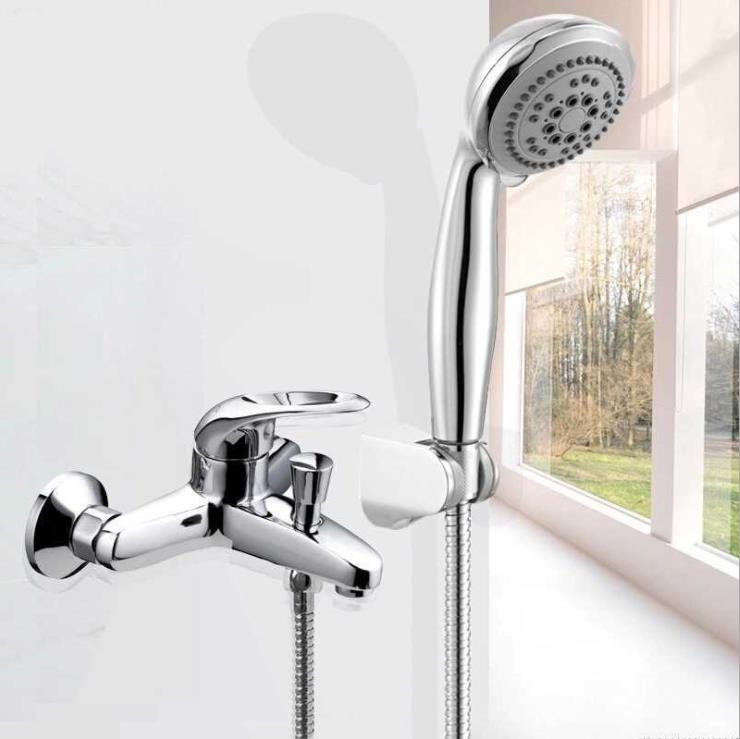- Contact us now!
- +86 18868944843
- ken@nbthe.com
What is the principle of anti-rust of stainless steel faucets?

Its anti-rust principle is that alloy elements form the fine oxide film, which prevents oxygen touch and persistent oxidation. In practice, steel with weak corrosion resistance is usually called stainless steel, while steel with chemical corrosion resistance is called acid-resistant steel. Stainless steel is not necessarily resistant to chemical corrosion, but acid-resistant steel is generally stainless. The corrosion resistance of stainless steel depends on the alloy elements contained in the stainless steel.
Chromium is the basic element that makes stainless steel corrosion-resistant. When the content of chromium in steel reaches about 1.2%, chromium acts with oxygen in corrosive medium, forming a very thin oxide film on the surface of steel, called passivation film, which is used to organize the matrix of steel to further corrode. In addition to chromium, the commonly used alloying elements are nickel, molybdenum, titanium, niobium, copper, nitrogen and so on, in order to satisfy the requirements of various uses on the structure and properties of stainless steel.





